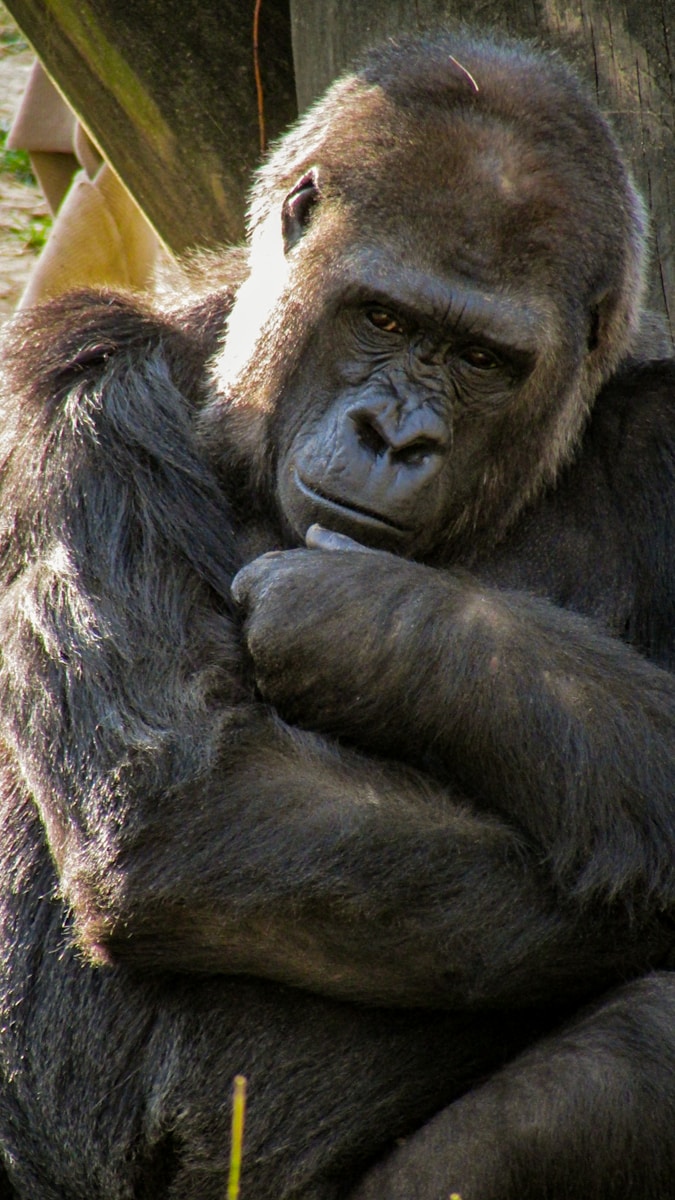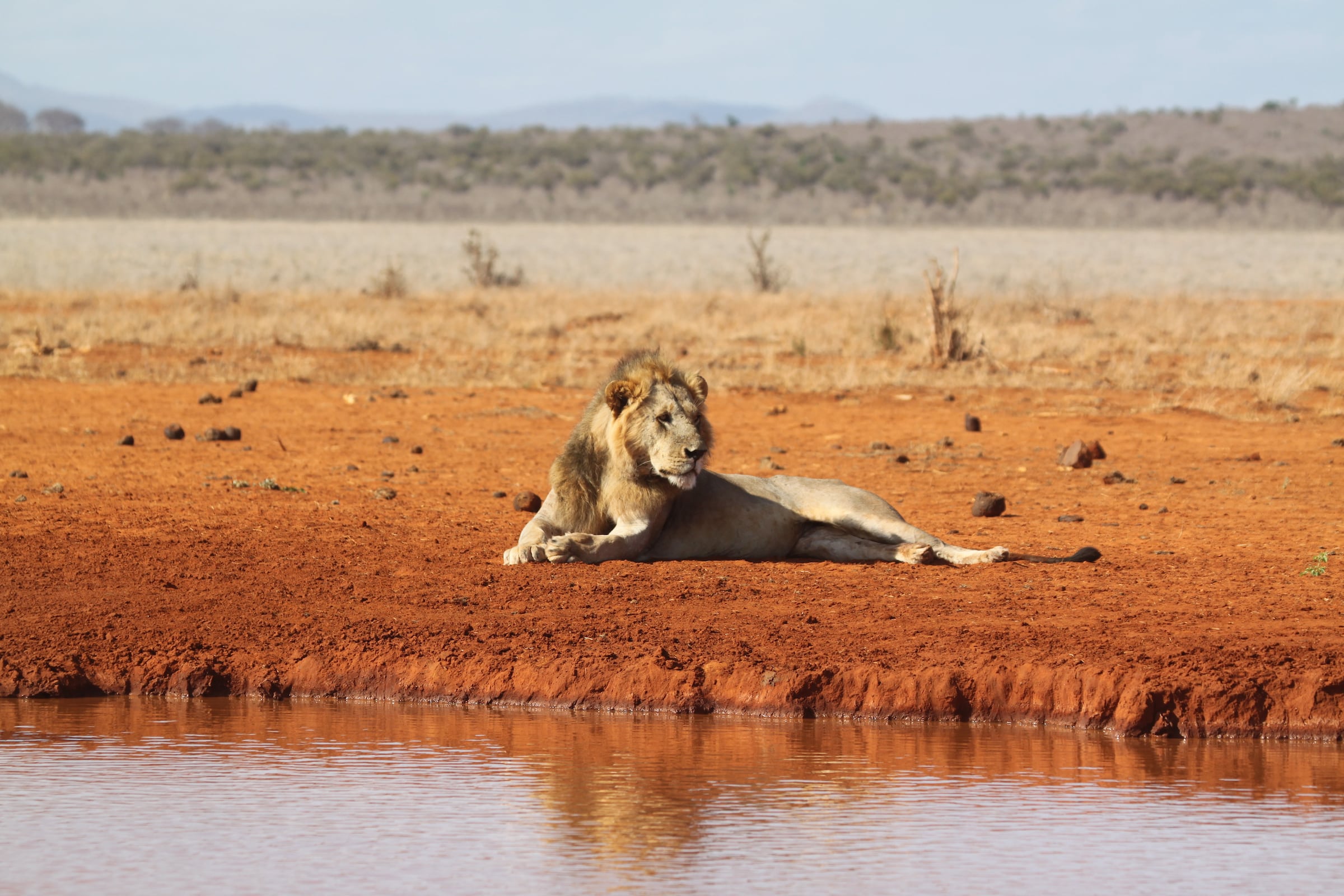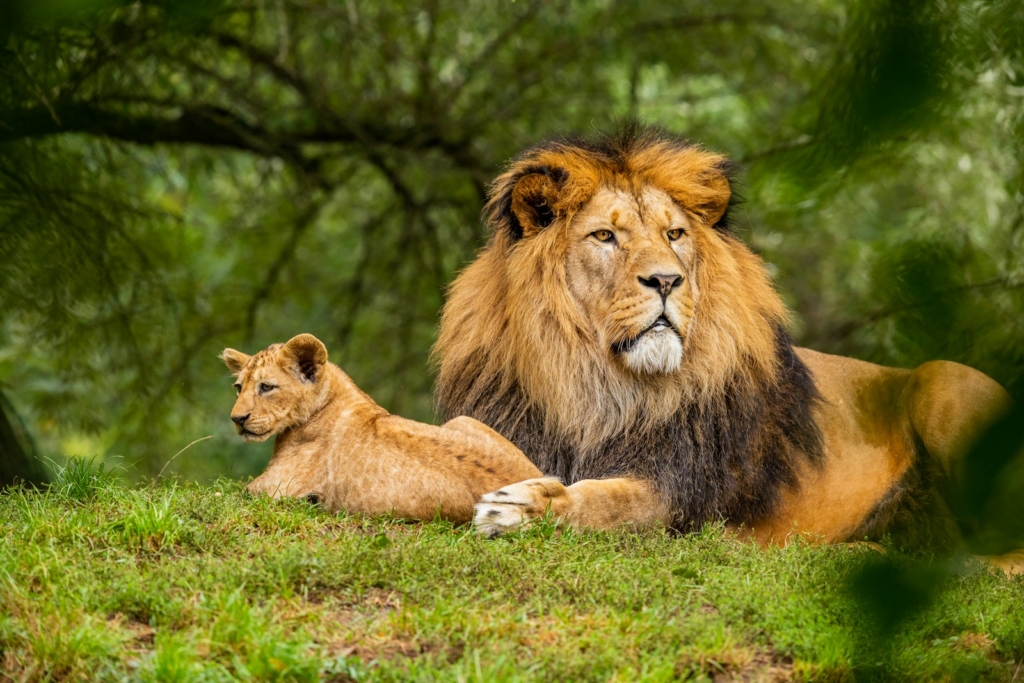The hidden value of conservation
The article Less Consumerism, More Conservation – Wildlife Conservation Network sheds light on a critical issue: the importance of shifting our focus from consumerism to conservation. Here, the article emphasizes the hidden value of conservation, which is often overlooked amid the shiny allure of new gadgets and products.
Wildlife and natural spaces provide us with many benefits that are not immediately visible. For instance:
- Biodiversity: Healthy ecosystems support diverse species, which can lead to balanced and sustainable environments.
- Clean Air and Water: Forests and wetlands filter pollutants, improving the air we breathe and the water we drink.
- Climate Regulation: Natural areas, like rainforests, absorb carbon dioxide, which helps mitigate climate change.
- Recreation and Tourism: Safeguarding wildlife habitats allows for options like ecotourism, which in turn supports local economies.
Peter Lindsey’s viewpoint in the article is very clear: it’s better to invest in conservation rather than just in more consumer products. He points out, “If we prioritize the protection of wildlife and natural spaces, we ensure a healthier planet for everyone, not just a moment of amusement.” That sums it up pretty well.
Think about how a forest provides a home for countless animals and regulates our climate. That’s some real hidden power! Contrast this to a new tech gadget, which might be exciting for a while but won’t contribute much to the planet’s health.
So, while the allure of the latest piece of technology might be strong, remember that preserving our natural world has benefits that technology just can’t provide.
Read the full article Less Consumerism, More Conservation – Wildlife Conservation Network to venture deeper into these important insights.
The cost of consumerism
The Cost of Consumerism
We’ve all been there—ready to buy the latest gadget, thinking it’s a must-have. But have we really thought about the true cost of our consumer habits? Peter Lindsey addresses this in his article, pointing out that we often spend too much on items that only give us short-term joy.
Consider this: How many gadgets do you have gathering dust at home? Now, think about the animals that are losing their homes because the funds desperately needed for conservation are instead going towards our constant purchasing of new tech.
Peter makes a compelling case: Our consumer habits have direct consequences on the environment. Each dollar spent on the latest phones or VR headsets could instead support thousands of wildlife species. This isn’t just about lions or elephants; it’s about the entire ecosystem, the balance of nature itself.
- Waste Generation: Many consumer products end up as e-waste, harming the environment.
- Resource Depletion: The manufacturing process of electronics consumes a lot of natural resources.
- Energy Consumption: High demand for gadgets increases global energy usage.
It’s easy to forget the bigger picture when the latest product launch is just around the corner. But remember, every purchase you make has an impact, whether it’s on your credit card, nature, or future generations.

Imagine a world where instead of upgrading our phones every year, we invest in conservation. We could preserve habitats, protect endangered species, and make sure our children will always see these animals in the wild, not just in documentaries or VR.
Read Peter’s full article here to understand more about how vital it is to shift our spending habits. By making small changes, we can have a lasting impact.
Technology for conservation benefits
Technology has the power to help conservation in incredible ways. With the right tools, we can protect wildlife and their habitats more effectively. For instance, drones can monitor large areas of land and detect poachers, while satellite technology helps track animal movements. These advancements give conservationists the upper hand in protecting endangered species.
Imagine you’re in a helicopter, flying over a vast savannah. You see herds of elephants and rhinos roaming freely. Thanks to GPS collars and satellite images, conservationists know exactly where these animals are and if they’re in danger. Such technology can save lives, prevent poaching, and ensure these majestic creatures thrive.
Another excellent example is camera traps. These devices capture images of wildlife in their natural habitats without disturbing them. By analyzing these photos, researchers can learn about animal behaviors, population sizes, and health. This data is crucial for making informed decisions about conservation strategies.
Mobile apps are also a fantastic tool. They allow people to report wildlife sightings, illegal activities, or environmental changes instantly. This real-time information helps authorities respond quickly to threats, protecting both wildlife and their habitats.
Then there’s community engagement. Some apps help local communities monitor and protect their environments. For example, FishGuard helps fishermen report illegal fishing activities, while WILDSpotter assists people in identifying invasive species. By involving local populations, we create a network of conservation heroes.
Peter Lindsey’s article highlights the difference between technology made for fun and technology made to save lives. It’s a call to think about our purchases and how they impact the world. When we choose to support conservation technology instead of consumer gadgets, we’re choosing to protect our planet’s future.
So, next time you’re tempted to buy the latest tech toy, think about the lions, elephants, and rhinos. Your support could mean a safe home for them.
To learn more about how technology can help conservation and the importance of reducing consumerism, visit the Wildlife Conservation Network’s post. It’s an eye-opener that could change the way you shop.
Looking for ways to make a difference? Peter Lindsey’s article is full of inspiring ideas.
Read more about this important topic at Less Consumerism, More Conservation – Wildlife Conservation Network.


